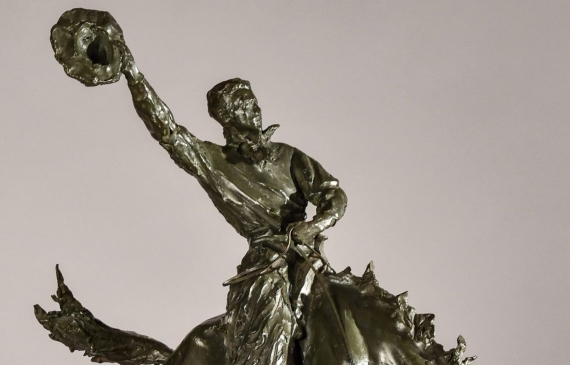
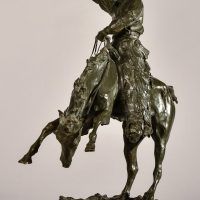
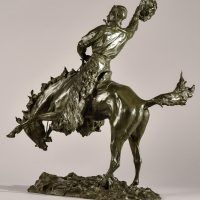
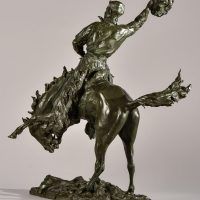
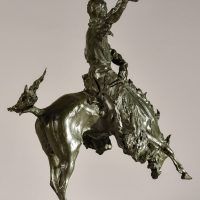
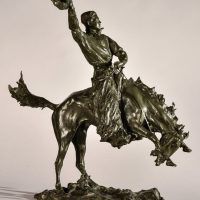
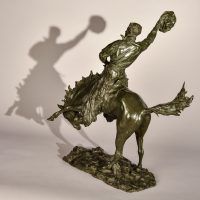
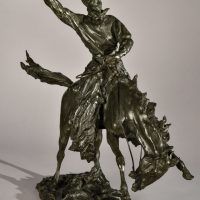
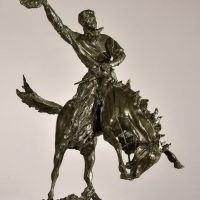
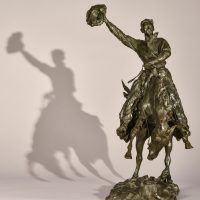
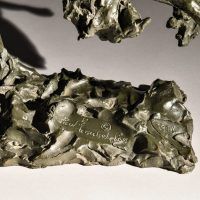
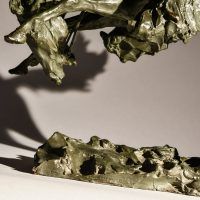
Prince Paul Troubetzkoy
Russian/Italian 1866-1938
Cowboy on a Bronc, 1916
Bronze, dark green patina
21 ⅜ H. x 19 W. x 11 ½ D. inches
Signed on base: (c) / Paul Troubetzkoy / 1916
Inscribed on base: ROMAN BRONZE WORKS N – Y –
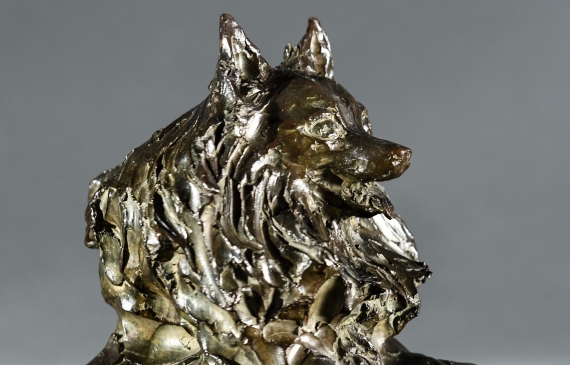
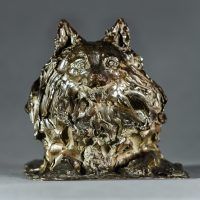
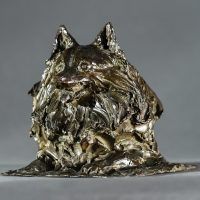
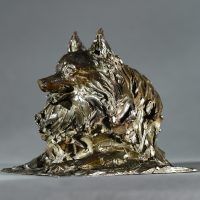
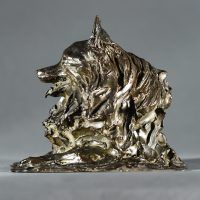
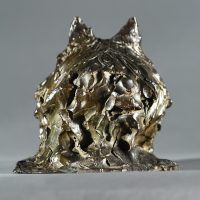
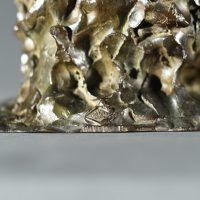
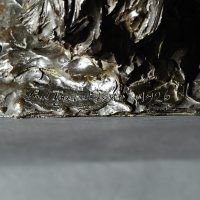
Prince Paul Troubetzkoy
Russian/Italian 1866-1938
Pomeranian, 1926
Bronze, brown patina
7 H. x 7 ½ W. x 8 D. inches
Signed on base: Paul Troubetzkoy 1926
Stamped on base: C. Valsuani/Cire Perdue
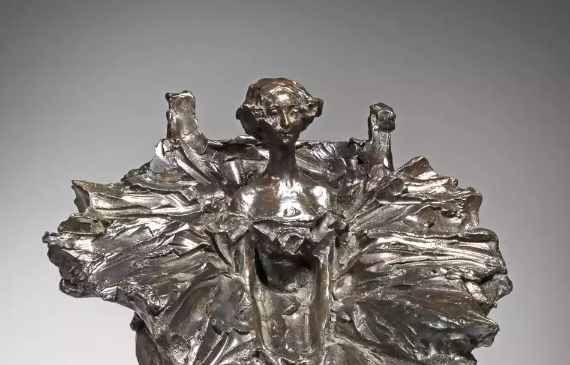
Prince Paul Troubetzkoy
Russian/Italian 1866-1938
Dancer, Anna Pavlova, Seated, c. 1915
Bronze, dark brown patina
12 H. x 11 W. x 9 D. inches
Signed: Paul Troubetzkoy
He was the son of Russian diplomat Prince Peter Petrovich Troubetzkoy. He worked in Russia, the United States, England and Italy. He was a self-taught artist, although he learned sculpture from Giuseppe Grandi. He is associated with impressionism, due to his ability to grasp sketchy movements in his bronze works. He was heavily influenced by the work of Auguste Rodin and Medardo Rosso. He depicted the society of the Belle Époque. Few of his bronzes are still available in the market. Quite famous is the 35cm high portrait of Constance Stewart-Richardson called “The Dancer”.
The largest and best known of his works is the monumental equestrian statue of the Russian Tsar Alexander III in St. Petersburg, Russia. The monument was opened in 1909 on the Nevsky Prospekt near the Moskovsky Vokzal terminal. After the Russian revolution of 1917, the Soviet government removed the monument from the main street to the rear of the Russian Museum in St. Petersburg. After the dissolution of the Soviet Union, in 1994, the monument to Alexander was placed in front of the Marble Palace near the embankment of the Neva river, at the former site of the armoured car that transported Lenin from Finland Station.